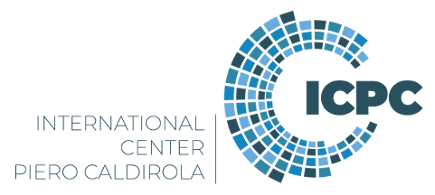Speaker
Description
In the framework of the Italian National Recovery and Resilience Plan (NRRP), funded by the European Union NextGenerationEU plan, a project named “New Equipment for Fusion Experimental Research and Technological Advancements with the RFX Infrastructure” (NEFERTARI) has been awarded of funding by the Italian Ministry of University and Research (MUR), with the main aim of strengthening the research infrastructures and more specifically in fusion energy field.
The scientific and technological objectives of the project are mainly the enhancement of a large set of diagnostic systems and experimental technological plants for the RFX-mod2 fusion experiment, based in Padova (Italy), capable of operating both in Reversed Field Pinch and Tokamak configuration, and the reinforcement of a network of laboratories (located in different sites, Bari, Milano, Napoli) featuring specific competences on plasma wall interaction with the BiGym linear device, diagnostics for imaging of soft X-rays and neutrons, optical plasma diagnostics, High Voltage insulation, Remote Handling Systems.
The project is shared among 3 public research institutions (CNR, University of Napoli, University of Padova), with contribution as third party of Consorzio RFX, and involves a team of 40 Full Time Equivalent per year, a total budget of 18M€, with a planned duration of 3 years (2022-2025).
This paper will present an overview of the project, with an update of the scientific and technical achievements in each main topic of the work breakdown structure. In particular, evidence of the effective synergy between public research and private implementation will be given, with the description of the status of the main procurement contracts from design to commissioning phase.
Moreover, prospects for the exploitation of this spread Research Infrastructure for the forthcoming years, after the completion of the NEFERTARI project, will be reported, with highlights on the expected contribution for the development of technological and scientific competencies necessary both to study the RFP as an alternative to the Tokamak and Stellarator for the future fusion reactor and to contribute to the study of Tokamak physics in support of DTT and ITER.
Finally, a specific mention will be given to the training opportunities offered to younger generations in preparation of forthcoming fusion experiments, with possibility of proposing and conducting experiments, optimizing diagnostics and data analysis tools, testing simulation models, new theories and technical innovative solutions.

